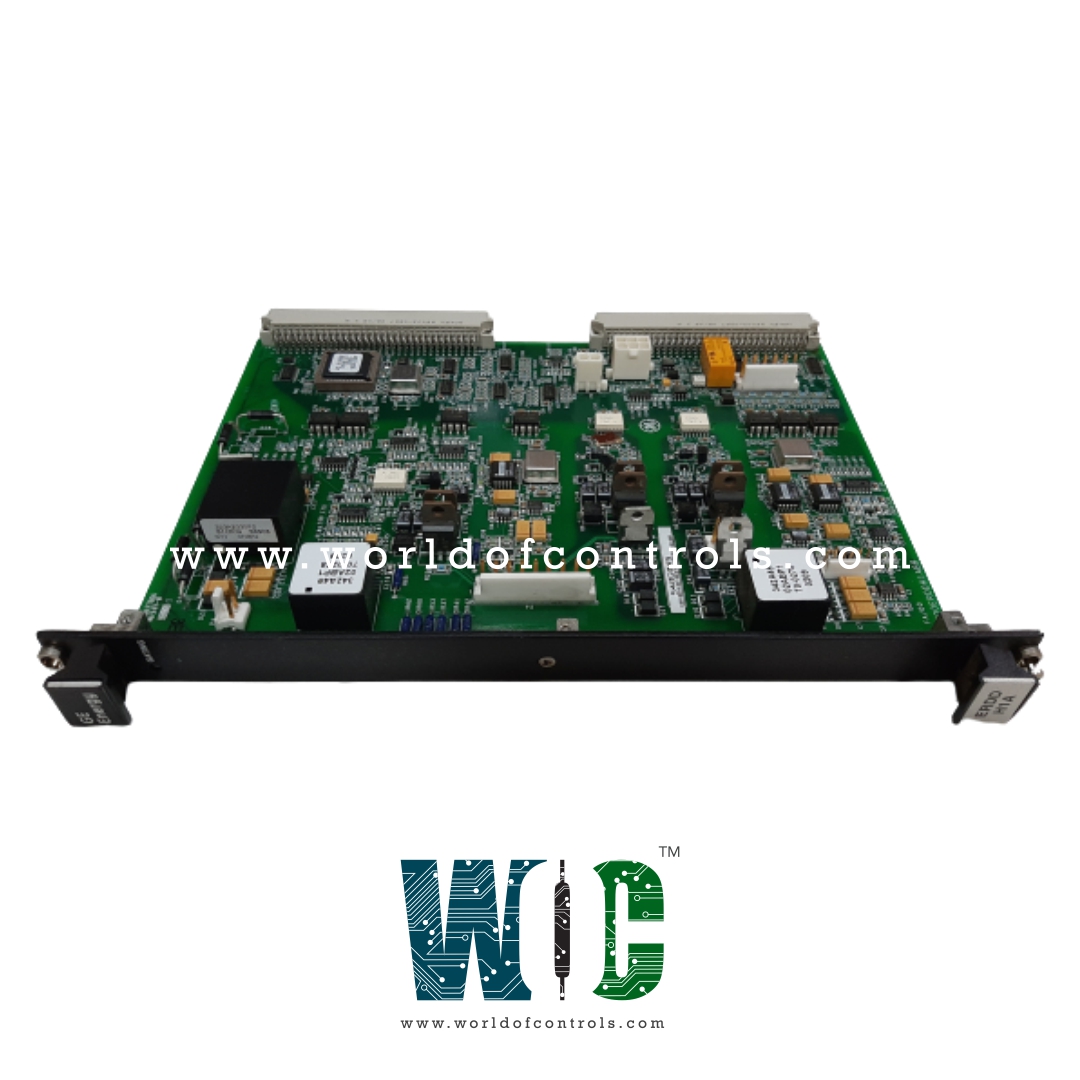
World Of Controls understands the criticality of your requirement and works towards reducing the lead time as much as possible.
IS200ERDDH1ABB - IGBT Exciter Regulator/Dynamic Discharge Card is available in stock which ships the same day.
IS200ERDDH1ABB - IGBT Exciter Regulator/Dynamic Discharge Card comes in UNUSED as well as REBUILT condition.
To avail our best deals for IS200ERDDH1ABB - IGBT Exciter Regulator/Dynamic Discharge Card, contact us and we will get back to you within 24 hours.
Part No.: IS200ERDDH1ABB
Manufacturer: General Electric
Country of Manufacture: United States of America (USA)
Temperature Operating: -30 to 65 oC
Product Type: IGBT Exciter Regulator/Dynamic Discharge card
Availability: In Stock
Series: EX2100
IS200ERDDH1ABB is an IGBT Exciter Regulator/Dynamic Discharge card developed by GE. It is a part of EX2100 series. It manages the gate drive control mechanism for field excitation, ensuring the proper regulation of field currents within the system. The board facilitates dynamic discharge to regulate excessive DC link voltage, preventing potential overvoltages that could disrupt system stability. The ERDD's multifunctional capabilities in gate drive control, dynamic discharge, feedback monitoring, relay control, and its board identification features play a critical role in ensuring the proper functioning, stability, and reliability of the exciter regulator system within which it operates.
The ERDD encompasses both control and DC link voltages within its system architecture. Notably, there exists robust isolation between the control power and any circuit or component connected to the IGBT bridge, ensuring operational safety and preventing interference.
The WOC team is always available to help you with your EX2100 requirements. For more information, please contact WOC.
What is IS200ERDDH1ABB?
It is an IGBT Exciter Regulator/Dynamic Discharge card developed by GE under the EX2100 series.
How is power distributed within the ERDD?
It manages control and DC link voltages, ensuring isolation between control power and IGBT bridge components. Non-isolated control circuits draw power from the Exciter Power Supply Module (EPSM) via P1 and P2 connectors.
What powers the Dynamic Discharge (DD) function?
DD is powered by the EPSM input and a redundant power source derived from the DC link bus within the ERDD. It autonomously monitors and controls the DC link voltage.
How many isolated power supplies are present in the ERDD?
Six isolated power supplies originate from secondary windings of two transformers on the ERDD, ensuring reliability and electrical isolation.